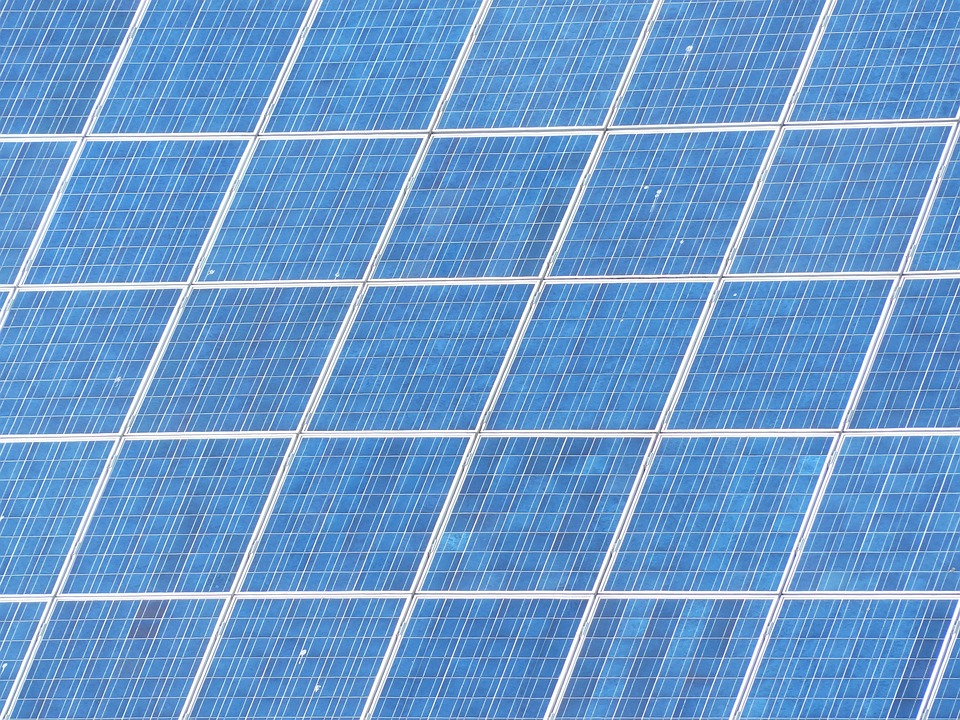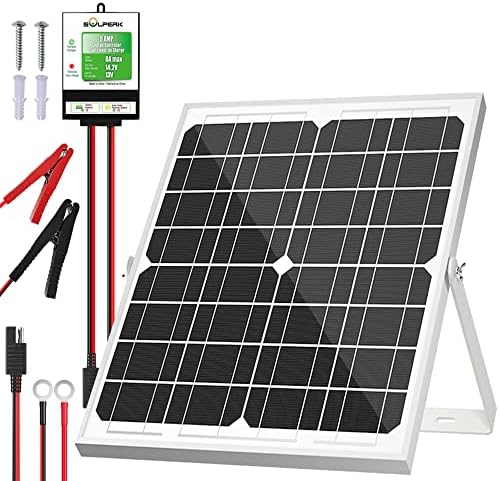# Green Energy Revolution: How Solar Panels Are Changing the Grid
Picture this: the sun rises over a peaceful landscape, golden rays washing over vast fields, while a gentle breeze rustles the leaves of nearby trees. Solar panels gleam in the morning light, harnessing energy from the sun to power homes and gadgets. This isn’t just a picturesque moment; it’s a snapshot of reality for many who have embraced the green energy revolution. Solar panels are not just a passing trend; they are transforming the very fabric of our energy grid, making it more sustainable, efficient, and accessible.
## The Solar Surge: A Brief Overview
In recent years, the proliferation of solar panels has become a key player in the renewable energy landscape. Once seen as a luxury, solar technology has rapidly evolved, becoming both affordable and efficient. This transition is not merely a shift in technology—it marks a revolution in how we consume energy.
The statistics speak volumes: according to the International Energy Agency, solar power is now recognized as the lowest-cost source of electricity in many parts of the world. In 2022 alone, global solar capacity reached a staggering 1,074 gigawatts. With more households and businesses recognizing the substantial benefits of solar panels, we’re witnessing a seismic shift toward cleaner energy sources.
## How Solar Panels Work: A Quick Breakdown
Before diving deeper into the grid changes propelled by solar energy, let’s briefly explore how these marvels of technology work. Solar panels convert sunlight into electricity through the photovoltaic (PV) effect. Here’s how it goes down in three simple steps:
1. **Absorption**: Solar panels absorb sunlight, thanks to their semiconductor materials (like silicon).
2. **Conversion**: The absorbed sunlight energizes electrons, creating an electric current.
3. **Utilization**: The generated electricity can be used immediately, stored in batteries, or sent back to the grid.
This seamless process not only allows us to power our devices, but it also supports the creation of an energy grid that can rely on renewable sources.
## The Grid Revolution: An Overview
Traditionally, energy grids have relied heavily on fossil fuels. This setup was convenient but unsustainable, leading to environmental degradation and rising energy costs. The introduction of solar panels has injected new life into aging energy infrastructures. Here’s how they are changing the grid:
### 1. Decentralization of Energy Production
Historically, energy production has been centralized in large plants. This megastructure model is shifting toward decentralized energy production. With solar panels installed on rooftops and in community solar farms, individuals and neighborhoods can generate their own power. This decentralization reduces the need for extensive transmission networks, minimizing energy loss and improving efficiency.
### 2. Increased Resilience
Solar panels enhance grid resilience by reducing dependence on a single energy source. In times of natural disasters or grid failures, homes with solar energy systems (especially those integrated with battery storage) can continue operating independently. This self-reliance can be a game-changer during emergencies, providing critical power when the grid is down.
### 3. Economic Benefits
The growing market for solar energy translates into job creation and economic stimulation. According to the Solar Energy Industries Association, the solar industry has generated over 250,000 jobs in the U.S. alone. Furthermore, homeowners can save significantly on energy bills and increase their property value by switching to solar energy.
### 4. Environmental Impact
Using solar panels reduces greenhouse gas emissions, contributing to cleaner air and addressing climate change. Solar energy is renewable and inexhaustible, making it a cornerstone of sustainable living. Transitioning to this green power mitigates the risks of fossil fuel dependency, promotes biodiversity, and preserves ecosystems for future generations.
## Pro Tips for Embracing Solar Energy
As you embark on your solar journey, consider these pro tips to maximize your energy savings and efficiency:
### 1. Calculate Your Energy Needs
Start by assessing your energy consumption. Understanding your usage patterns will help you choose the right solar system size and configuration.
### 2. Research Incentives
Many government programs offer rebates and tax incentives for solar installations. Be sure to research local and federal offerings to maximize financial benefits.
### 3. Optimize Orientation and Installation
If you’re installing solar panels on your property, ensure they are oriented south (in the Northern Hemisphere) for maximum sun exposure. If possible, consult with professionals to guarantee that your panels are installed at the best angle for solar gain.
### 4. Invest in Battery Storage
A solar battery allows you to store excess energy generated during the day for use at night, ensuring you remain as energy-independent as possible.
### 5. Stay Informed
The solar energy landscape is continually evolving. Staying updated on the latest technology advancements and policy changes can help you make informed choices about your energy system.
## Community Solar Projects: A Collective Approach
Not everyone has the opportunity or budget to install solar panels on their rooftops. Community solar projects provide a solution. These initiatives allow individuals to invest in larger solar farms, sharing the generated energy among participants. The concept fosters community engagement and enables those in multi-family units or renters to enjoy the benefits of solar energy without a personal installation.
### The Benefits of Community Solar
1. **Accessibility**: More individuals can benefit from solar energy, regardless of their housing situation.
2. **Shared Costs**: By pooling resources, community members can lower installation costs.
3. **Local Impact**: Community solar initiatives support local economies and promote environmental sustainability.
## The Future of Solar Energy
As technology advances, so too do the capabilities and efficiencies of solar panels. Innovations, such as building-integrated photovoltaics (BIPV) and more efficient energy management systems, are helping to further integrate solar power into our daily lives. Emerging smart grid technology will enhance energy efficiency, allowing optimized energy distribution and consumption.
### The Integration with Other Renewables
Solar energy works harmoniously with other renewable sources, such as wind and hydroelectric power. By diversifying our energy mix, we create a more reliable and resilient grid. Distributed energy resources (DERs) will play a crucial role as we move toward a more integrated, clean energy future.
## In Conclusion
The green energy revolution is not merely a trend; it is a fundamental shift in how we approach energy consumption and sustainability. Solar panels have emerged as a leading force in changing the grid, empowering individuals, revitalizing communities, and offering a cleaner, greener future.
Together, we can inspire more households to harness the power of the sun, contributing to a world that prioritizes environmental stewardship and community resilience. Embracing solar energy isn’t just a smart financial decision—it’s a collective step toward a healthier planet.
Let’s keep harnessing the sun, one solar panel at a time!



